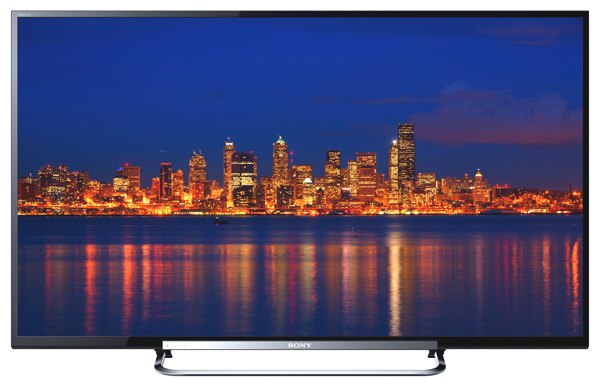
Once an extremely lucrative part of any company’s portfolio, the television industry eventually followed in the path of the PC business in a race towards the bottom. Each company, eager to gain more market share than their competitor would do everything in its power to drive the cost of units down, which has now lead to razor-thin margins and even the selling of sets at a loss in hopes of making up the money in another avenue. While in theory good for consumers who get to enjoy larger television sets, the long term effects turn into a sector with low innovation as it becomes hard to justify major shifts with little profits on the balance sheet.
The PC industry famously experienced this in the last decade with cookie cutter desktops from HP, Dell, Compaq, and Gateway to name a few. Each manufacturer would create more or less the same box with some tweaked specs and out the door they went. In the early days of LCD televisions, the industry enjoyed beautiful units, mostly notably from Sony who pumped out units like the XBR 3 with a beautiful glass bezel design. But as profits slipped from the industry, so too have designs which now primarily consists of a black rectangle from factor. With stores like Walmart and Costco coming to the TV sector in a big way, most consumers concern themselves with two things: size and price, while picture quality and design follow in the distance.
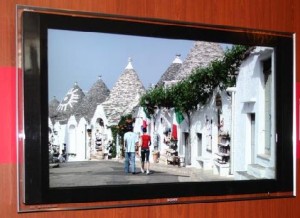
While manufacturers continue to stuff televisions with internet-connected features like Netflix and web access, consumers have indicated that they care little for them, instead wanting the bare necessities as long as the two important factors (price and size) are met. In some ways, how can you blame them when an Apple TV or PS3 will always do Netflix or Hulu better? And no, I don’t need a weather app on my TV that gets updated once every 2 years where I have 1,ooo weather apps that get updated routinely on my iPhone. Sony has long struggled with this market, opting to give their televisions connected features and extra processing power like their Bravia engine processors which can even up convert YouTube videos for better clarity. While all fine features, with size and price king, consumers did little to reward them for the additional options and have opted to purchase a cheaper Samsung or Sharp. Now with the new Bravia 70-inch R550 LED TV, Sony is looking to change all of that and get back in the consumer television market in a big way.
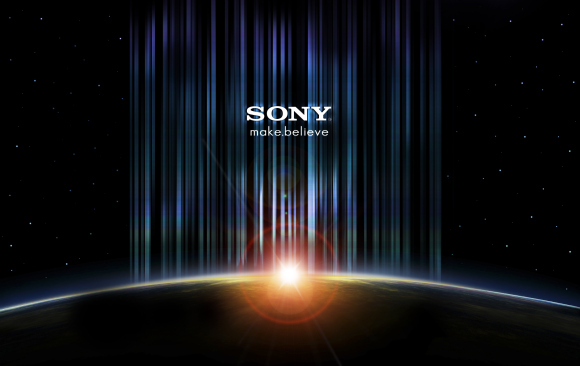


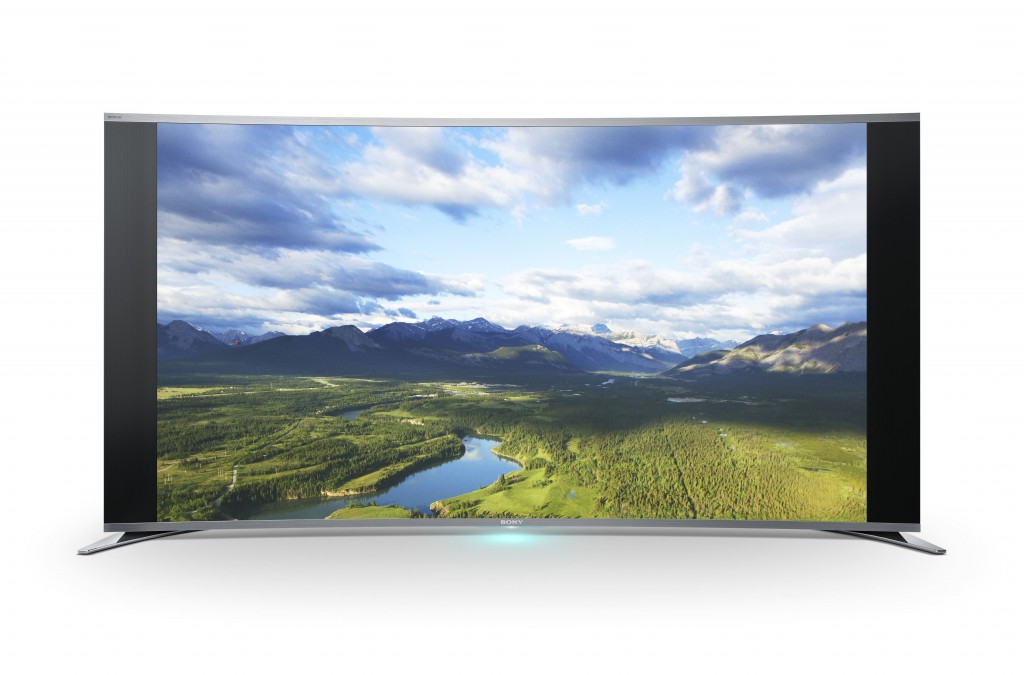
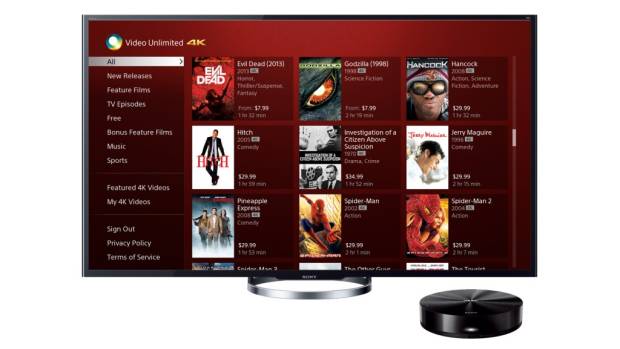
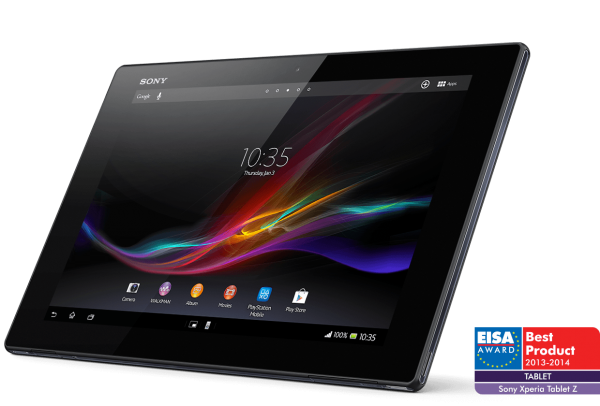
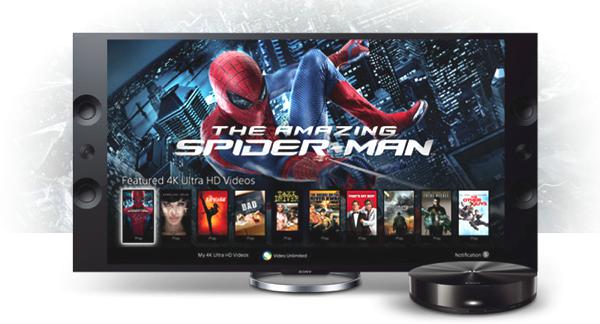
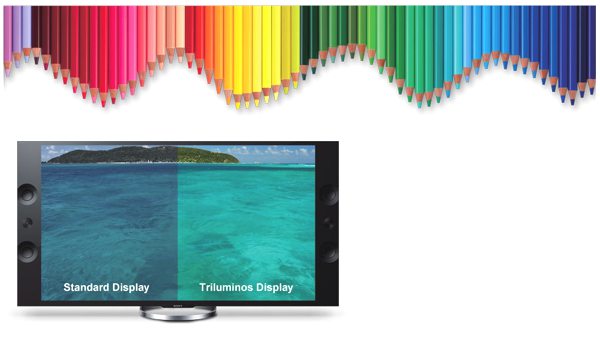
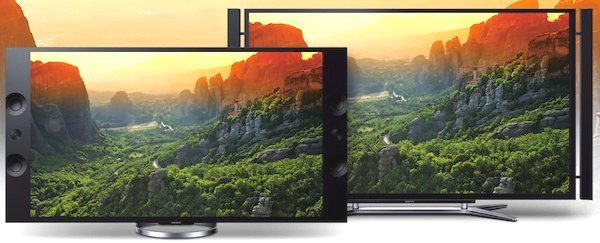

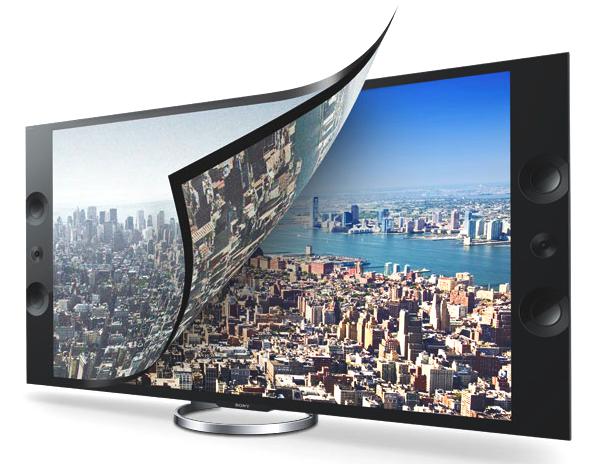



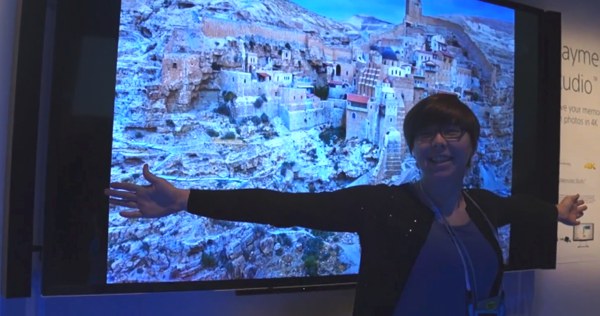
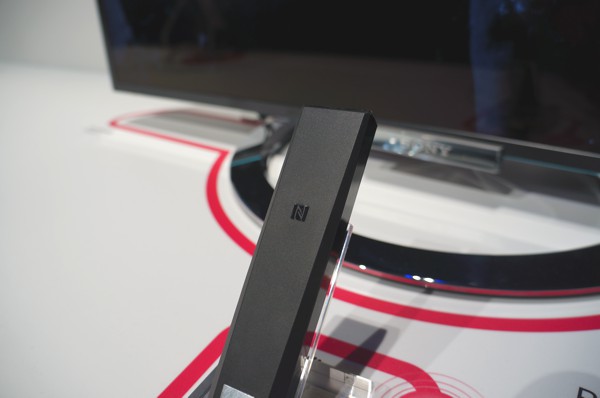
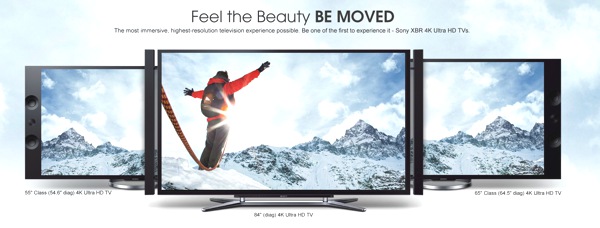
You must be logged in to post a comment.